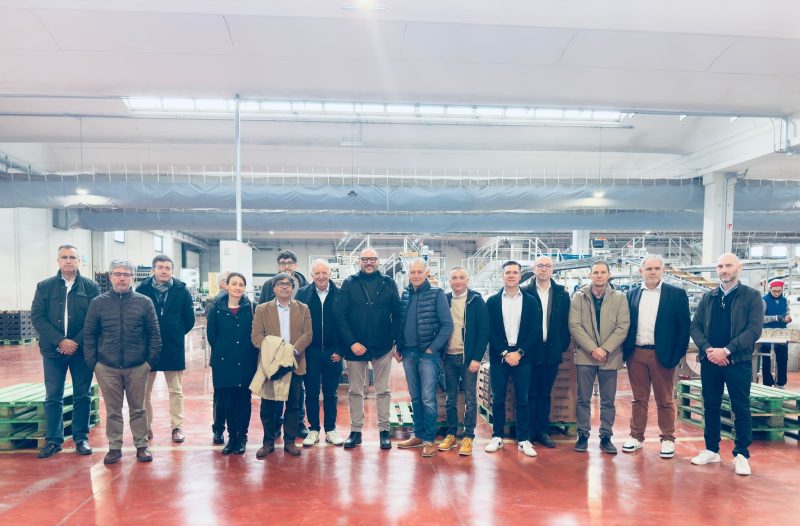The meeting focused on analyzing the progress of the current tomato campaign, the outlook for the summer tomato campaign, foreign competition in EU markets, the availability of phytosanitary products, and regulations on information and labeling.
Overall, the campaign has experienced a slight decline in volume in Italy and Spain, while remaining stable in France. Regarding pricing, in Italy, the production decrease positively impacted prices, mainly during the first part of the campaign. However, in Spain, despite lower production, there was an average price reduction of around 5%.
The Importance of Cost Determination
The three countries highlighted the significant impact of labor costs on production expenses, particularly in Spain, where the minimum wage has increased substantially over the past four years. France currently has the highest labor costs among the three countries.
Tomato’s summer campaign is expected to have varying trends across the countries:
- France anticipates stability in surface area and production compared to the previous campaign.
- Italy forecasts a decline in production.
- Spain expects an increase in production due to a shift of producers from other crops to tomato cultivation.
Foreign Competition in the EU Market
The delegations analyzed foreign competition in EU markets, identifying Morocco as the primary competitor, having exported 579,792 tons of tomatoes to the EU in 2024. Turkey ranked second, exporting 194,213 tons.
Additionally, the group reviewed two rulings from the Court of Justice of the European Union:
- The exclusion of Western Sahara’s production from the preferential tariffs established in the EU-Morocco Association Agreement.
- The requirement for proper labeling of the origin of cherry tomatoes and Charentais melons from Western Sahara.
Phytosanitary Concerns
Regarding phytosanitary issues, the group emphasized the need for reciprocity in trade with third-country producers, ensuring they comply with the same standards as EU producers.
RELATED NEWS: Murcia is concentrating its efforts on the high-value tomato segment
As a result, it was agreed that a letter would be sent to the European Commission, requesting harmonization in the registration of phytosanitary products by climate zones, as established in Annex I of Regulation 1107/2009.
Labeling Regulations
The meeting also addressed labeling regulations, stressing the need to modify EU legislation to:
- Increase the font size of the country of origin on packaging.
- Allow the inclusion of a logo that reinforces the preference for EU-produced tomatoes.
Participants and Continuation of the Meeting
The Hispanic-French-Italian tomato group, created within the framework of the Joint Committee on Fruits and Vegetables, included representatives from:
- Spain: Officials from FEPEX, the integrated association Coexphal, and the agricultural organization Asaja.
- Italy: The President of the Italian Tomato Committee, representing agricultural organizations, producer groups, and cooperative associations.
- France: Representatives from the Association of Producer Organizations for Tomatoes and Cucumbers led the delegation.
The meeting was also attended by representatives from the three national administrations. The contact group’s work continues today with technical visits to greenhouses.


















